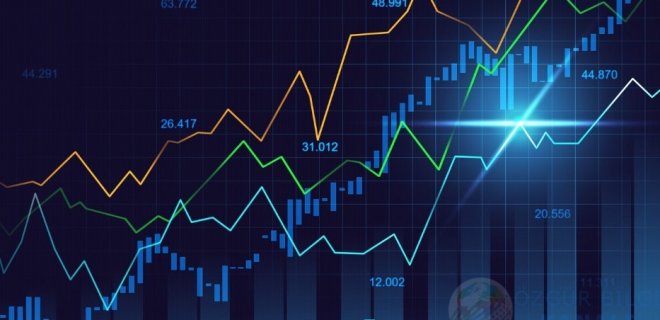What is forex?
The foreign exchange market, which is normally understood as "forex" or "FX," is the largest financial market in the world.The FX market is an international, decentralized market where the world's currencies change hands. Exchange rates alter by the 2nd so the marketplace is continuously in flux.
Only a tiny portion of currency transactions take place in the "genuine economy" including international trade and tourism like the airport example above.Instead, many of the currency deals that occur in the international foreign exchange market are bought (and sold) for speculative factors.
Currency traders (likewise referred to as currency speculators) purchase currencies hoping that they will have the ability to sell them at a greater rate in the future.Compared to the "meager" $22.4 billion each day volume of the New York Stock Exchange (NYSE), the forex market looks definitely ginormous with its $6.6 TRILLION a day trade volume.That's trillion with a "t".
Let's take a moment to put this into point of view using beast The biggest stock exchange in the world, the New York Stock Exchange (NYSE), trades a volume of about $22.4 billion every day. If we used a beast to represent the NYSE, it would look like
Looks frightening. Looks like it exercises. Some might even find it hot.
You hear about the NYSE in the news every day ... on CNBC ... on Bloomberg ... on BBC ... heck, you even most likely hear about it at your regional health club. "The NYSE is up today, blah, blah".
When individuals speak about the "market", they usually indicate the stock market. So the NYSE sounds huge, it's loud and likes to make a great deal of noise.But if you actually compare it to the forex market, it would appear like thi Forex vs. Stock Market
Oooh, the NYSE looks so undersized compared to the forex market! It doesn't stand a possibility!

Makes if Website link you question if the "S" in NYSE means "Stock" or for "Scrawny"?.
Take a look at the chart of the average day-to-day trading volume for the forex market, New York Stock Exchange, Tokyo Stock Market, and London Stock Market:.
orex Trading Volume.
The currency market is over 200 times BIGGER! It is HUGE! However hold your horses, there's a catch!
That big $6.6 trillion number covers the whole global forex market, BUT the "spot" market, which is the part of the currency market that's pertinent to most forex traders is smaller sized at $2 trillion per day.And then, if you just wish to count the everyday trading volume from retail traders (that's us), it's even smaller.
It is extremely challenging to identify the precise size of the retail sector of the FX market, however it's approximated to be around 3-5% of total everyday FX trading volumes, or around $200-300 billion (maybe less). So you see, the forex market is definitely huge, however not as huge as the others would like you to believe.Don' t believe the "forex is a $6.6 trillion market" buzz! The huge number sounds remarkable, but a bit misleading. We don't like to overemphasize. We just keepin' it real.
There was once a time when the only people who were able to trade actively in the stock exchange were those working for big banks, brokerages, and trading houses. However, with the rise of the web and online trading homes, it's ended up being much easier for the typical specific financier to get in on the game.
Day trading can end up being an extremely profitable career (as long as you do it properly). But it can also be a little challenging for newbies-- particularly for those who aren't fully prepared with a well-planned method. Even the most seasoned day traders can strike rough patches and experience losses. So, exactly what is day trading and how does it work?
Key Takeaways.
Day trading typically refers to the practice of purchasing and selling a security within a single trading day. While it can take place in any market, it is most common in the forex (forex) and stock exchange. Day traders are generally well-educated and well-funded. They use high amounts of take advantage of and short-term trading techniques to take advantage of small cost motions that occur in extremely liquid stocks or currencies.